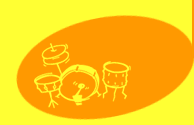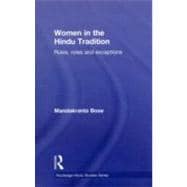
|
"women" and RIGHTS
|
|
|
HINDUISM
|
|
Hinduism I feel is one of the oldest ancient religion combinations of old Dravidian and Aryan civilization. The most gracious and colorful as has many festivals to celebrate. This religion teaches the respect to elders. In English you is used for young, same age and elders, Hinduism is great in this case, similarly, blessings from elders to younger is still in effect. This religion teaches to be in peace, respecting animal and living creatures. To me Buddhism, Jainism and Sikhism are branches of tree (Hinduism) as the cultures are almost Hinduism. Have some merits and demerits too. Aryans being invaders and ruled for many generations enforced their codes and conducts that to follow by each. Their terms were harsh for Shudra (low cast) and women. Though, there were many goddesses yet for normal woman, religion was obscure and curse. Woman freedom was banned and had dependable life in mans supremacy. Widows were burnt alive along with dead body of husband. Let these wives first step into the pyre, tearless without any affliction and well adorned."[Rig Veda X.18.7] [Kane 199-200] On September 4, 1987, Deorala a village in Rajasthan repeated the same old nuisance of religion when before a crowd of several thousand people, mostly men, a young woman dressed in her bridal best clothes was burned alive on her husbands funeral pyre. Had shocked the country and its democracy. Religion did not allow women to remarry or divorce was considered as crime, were not allowed to inherit property or any sale purchase. Brahmin (high cast) regime, had power to manipulate Hindu code and conducts to their advantages, which helped for atrocities on low cast and women. Many reformers in Hindu religion came to front for change, Buddhism and Jainism who protested age-old Vedic vaishvava system of Brahmins. Gurus and disciples observed Bramhacharya (unmarried) for the whole life as women they saw as temptation and obstacle to spiritual life also, living vegetarian and sacrificing all sources of temptation, was part of their spiritual life They could succeed in making change though not much, yet opened the door to reformations, Jainism had greatly discouraged Sati (widow burning). Women during menses period treated as unholy and isolated.
|
||||||||||||||||||
|
||||||||||||||||||





